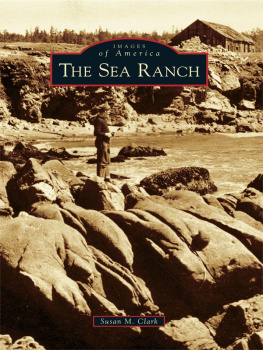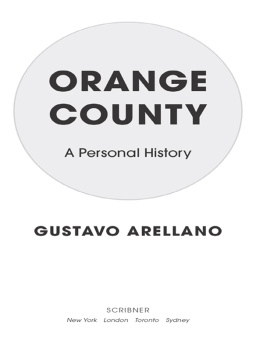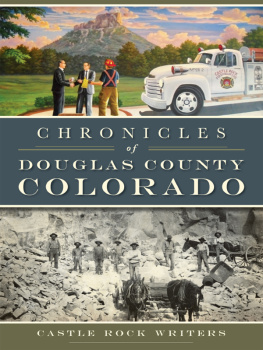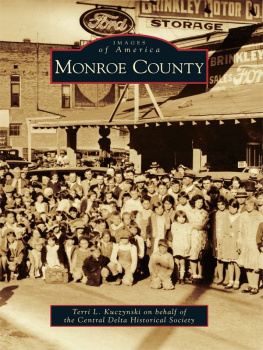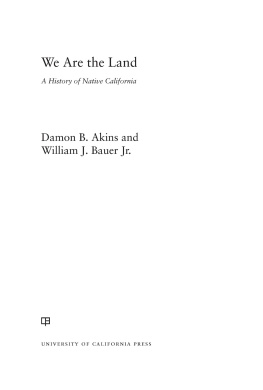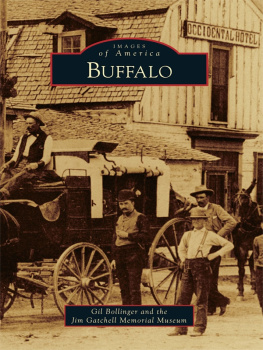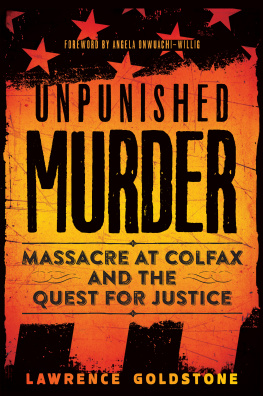PREFACE
This book is intended as a guide to the history of a large section of northeastern New Mexico, around the town of Cimarron and including most of the vast Beaubien and Miranda Land Grant that extended west into the Sangre de Cristo Mountains, north into Colorado, east onto the edge of the Great Plains, and south toward the Mora valley.
Because the most famous modern feature of this region is the Philmont Scout Ranch, even the United States Geological Survey publications now refer to this at times as the Philmont Country. Every year more than twenty thousand older Boy Scouts, Explorers, adult leaders, and their families visit Philmont Scout Ranch. An even greater number of tourists seek out the ghost camp of Elizabethtown, fish at Eagle Nest, or enjoy the historic scenes of the village of Cimarron.
To all such visitors, this study may provide insight into the process by which the American Southwest was settled. In the country around Philmont can be seen every phase through which the frontier passed on its way from wilderness to civilization.
I first learned of Philmont in 1961 and sought a position on its summer staff. My initial interest in the history of northeastern New Mexico was awakened that summer as I operated an outpost store of the Philmont Ranch, and this interest grew in succeeding summers at other outposts. My serious academic interest in the Philmont country began in 1965 and led to completion of a master's thesis at the University of Arizona dealing with the history of the Baldy Mountain mining district. Later published in a very limited edition by the National Council, Boy Scouts of America, that thesis forms the basis of the mining chapters in the present book. From 1967 through 1970 I continued at Philmont, primarily concerned with the development of their historically oriented programs.
Parts of on the Cimarron and Northwestern railroad comprised three articles in the New Mexico Railroader. Each part has been revised for this present book, but thanks are due to the respective journals for permission to reprint the material.
In the course of writing this history, I have become indebted to more people than could be listed here. First and foremost, my thanks to Ray H. Bryan, who first encouraged me to pursue the ranch's past and who provided every assistance. Without his enthusiastic help the work could never have been finished. Second, I am indebted to the late Harry G. McGavran, M.D., who shared interviews and manuscripts and provided financial assistance during the early stages of research.
The entire professional staff at Philmont also cooperated fully: the late A. J. Skipper Juncker and his successor Joe Davis shared their knowledge, as did William C. Littrell of the ranch department. Jack Blum and Kent Bush, successive directors of the Ernest Thompson Seton Memorial, opened their resources without reservation. Among Philmont summer employees, Dr. Jerry Traut, Cynthia and Nick Pisor, Mark Clayton, and Mike Glassow deserve special notice for their patience and indulgence.
Dozens of others, listed in the bibliography, were interviewed or wrote correspondence. Particular thanks are due to Doc and Viv Leitzell of Cimarron, the Frank Alpers family in Raton, Elliott W. Phillips at Valmora, and former Philmont director Minor Huffman, now at Roswell. Among many library staffs who gave their time were those at the New Mexico State Records Center and Archives at Santa Fe; University of New Mexico's Zimmerman Library at Albuquerque; New Mexico Highlands University, Las Vegas; Arizona Historical Society Library at Tucson; Texas Christian University library and Amon Carter Museum of Western Art library, both at Fort Worth; the National Archives and Library of Congress, Washington; and the Western Illinois University Library, Macomb. My brother Steven C. Murphy prepared the maps, and Mrs. Beth Douthitt aided with proofreading and indexing. Finally I am grateful to the Helene Wurlitzer Foundation of New Mexico and its gracious director, Dr. Henry A. Sauerwein, Jr., for enabling me to spend a summer in Taos completing this study.
This volume is dedicated to the memory of four individuals, all now deceased, who typify the kind of man who transformed 137,000 acres of New Mexico wilderness into a paradise for Scouting. Without of the generosity and foresight of Waite Phillips and others like him much of Philmont's greatness could never have occurred. Harry G. McGavran, M.D., represented the devotion of volunteer Scouters; not only did he take time out of a busy professional life to teach each year at Philmont, but he played an active role on the committee which gives overall direction. A. J. Skipper Juncker was a professional Scouter, one of thousands in the Boy Scout movement, and typical of the able administrators at Philmont. Last, but certainly not least, Rick Garcia, whose life ended suddenly, typified the hundreds of younger men who put the Philmont program into action every summer. Each of these individuals contributed in his own way to Philmont's success. It is their story, as well as that of the land itself, which this volume attempts to tell.
LAWRENCE R. MURPHY
I
THE CIMARRON COUNTRY
Long before man set foot on what is now Philmont, natural forces had molded the terrain, creating the mountains, valleys, and plains which have influenced subsequent historical development. During time periods beyond man's comprehension, mountain ranges rose and receded, seas covered all of northern New Mexico and retreated, and coastal swamps, sandy deserts, and hilly plains replaced them. Each era contributed to the complex geological pattern that now underlies the area. Successive layers of sandstone and shale, lava, or strangely metamorphosed formations all testify to changing conditions.
These geological developments divided Philmont topographically into two parts split by the Cimarron River. Changes are also evident from east to west. At the southeastern corner of the ranch near historic Rayado, the low, gently sloping Las Vegas Plateau adjoins the flat-topped mesas and piles of accumulated rubble before ascending the heights of the Cimarron Range. Steep-sided, level-topped mesas such as La Grulla, Urraca, and Fowler are capped by a layer of basalt which has prevented erosion. Once an active volcano, Crater Peak has worn away until its crest is nearly flat. Depressions on top of these mesas have slowly filled with decayed plants, creating rich, black soil. Where drainage is poor, as on La Grulla, vast meadows (excellent for summer pasture) are interspersed by shallow lakes. Rayado, Urraca, and Bonito creeks, through countless ages of erosive action, have penetrated this volcanic cap, carving dramatic canyons throughout the region.
North and west of this basalt flow, ancient pre-Cambrian formations dominate a large portion of Philmont. Deeply scarred by the Rayado and Cimarroncito Creek systems, the impressive Cimarron Range is topped by the Waite Phillips, Black, and Bear peaks. Soil deposits only thinly cover the highest slopes, but forest and woodland growth at lower levels make this region a favorite for campers and hikers. Bonito Canyon, where alluvial deposits create grassy meadows, also attracts many outdoorsmen. From any mountaintop there are magnificent views of neighboring valleys and distant plains. Game animals and wild flowers thrive in this portion of Philmont's wilderness backcountry.


